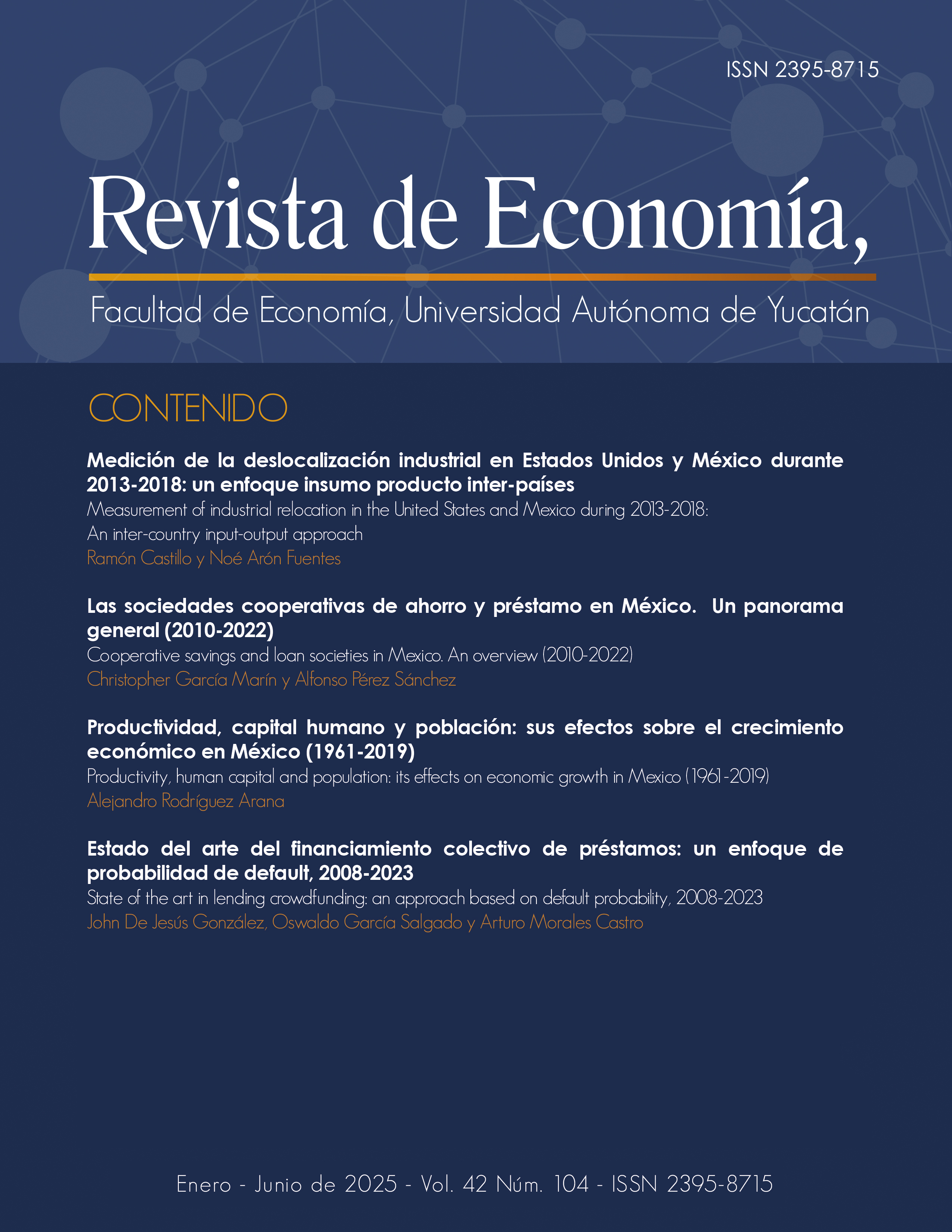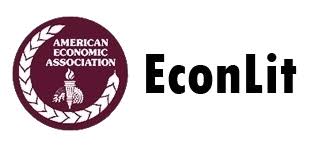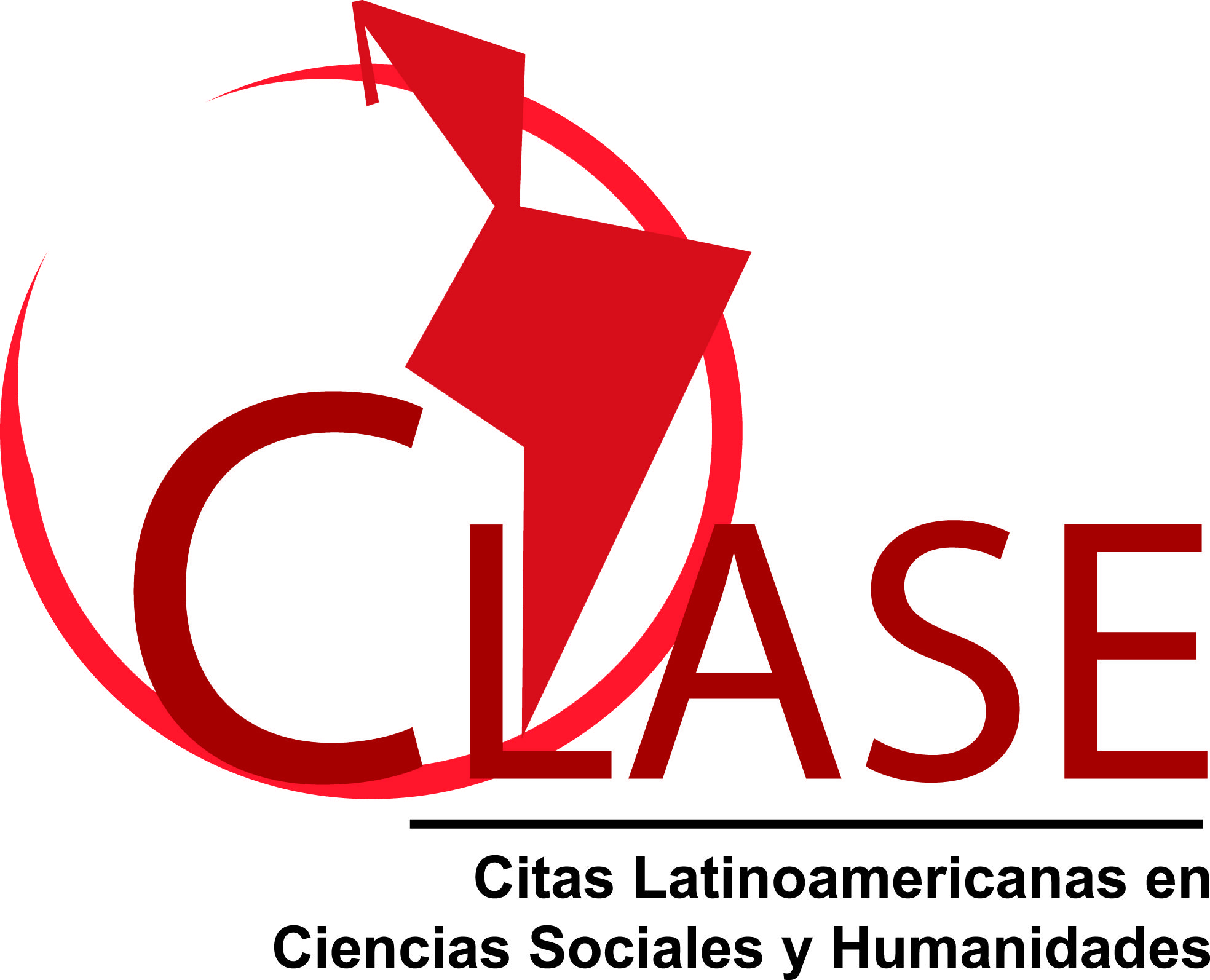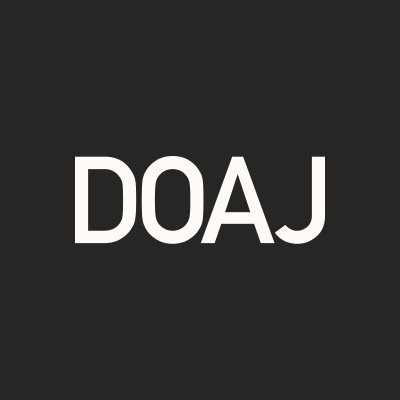Cooperative savings and loan societies in Mexico. An overview (2010-2022)
Abstract
This study reviews the growth of the cooperative savings and loan sector in Mexico during the period 2010-2022, taking the year 2010 as the start of the analysis because it follows the publication of the Law to Regulate the Activities of Cooperative Savings and Loan Societies (RASCAP Law). The methodology is mixed and includes the documentary analysis of the quarterly reports from the National Banking and Securities Commission of the Savings and Loan Cooperative Societies (SOCAPs), the estimation of correlation coefficients between quantitative variables, and the deflation of the amounts of fixed assets and past-due portfolios for the period 2010-2022. Results show that, during the study period, the number of SOCAPs increased by 259%, bringing together almost 8.6 million members (a 236.7% rise), with 235 242 million pesos in total assets (457%) and a current portfolio of 127 753 million pesos (333.7% increase). Additionally, the amount of SOCAPs' fixed assets grew almost double that of commercial banks, evidencing a more dynamic cooperative sector. However, the study is limited to the review of secondary information obtained from the CNBV. The originality lies in reviewing SOCAPs' growth over a 13-year period, beginning from the year following the publication of the current regulatory framework. The conclusions reveal that while the SOCAPs sector has experienced sustained growth, it remains highly concentrated, and its development has been heterogeneous. By the end of 2022, only 3% of the companies accounted for 54.3% of total assets.
Copyright (c) 2024 Journal of Economics, Faculty of Economics, Autonomous University of Yucatan

This work is licensed under a Creative Commons Attribution-NonCommercial-ShareAlike 4.0 International License.
D.R. © Revista de Economía
The conditions that are required when granting the attribution license called CC -BY-NC-SA are the following:
1. The Universidad Autónoma de Yucatán must be clearly identified as the owner of the copyright of the original publication.
2. The material may not be used for commercial purposes.
3. Any derivative work must be published and distributed under the same open access license as the original publication.











